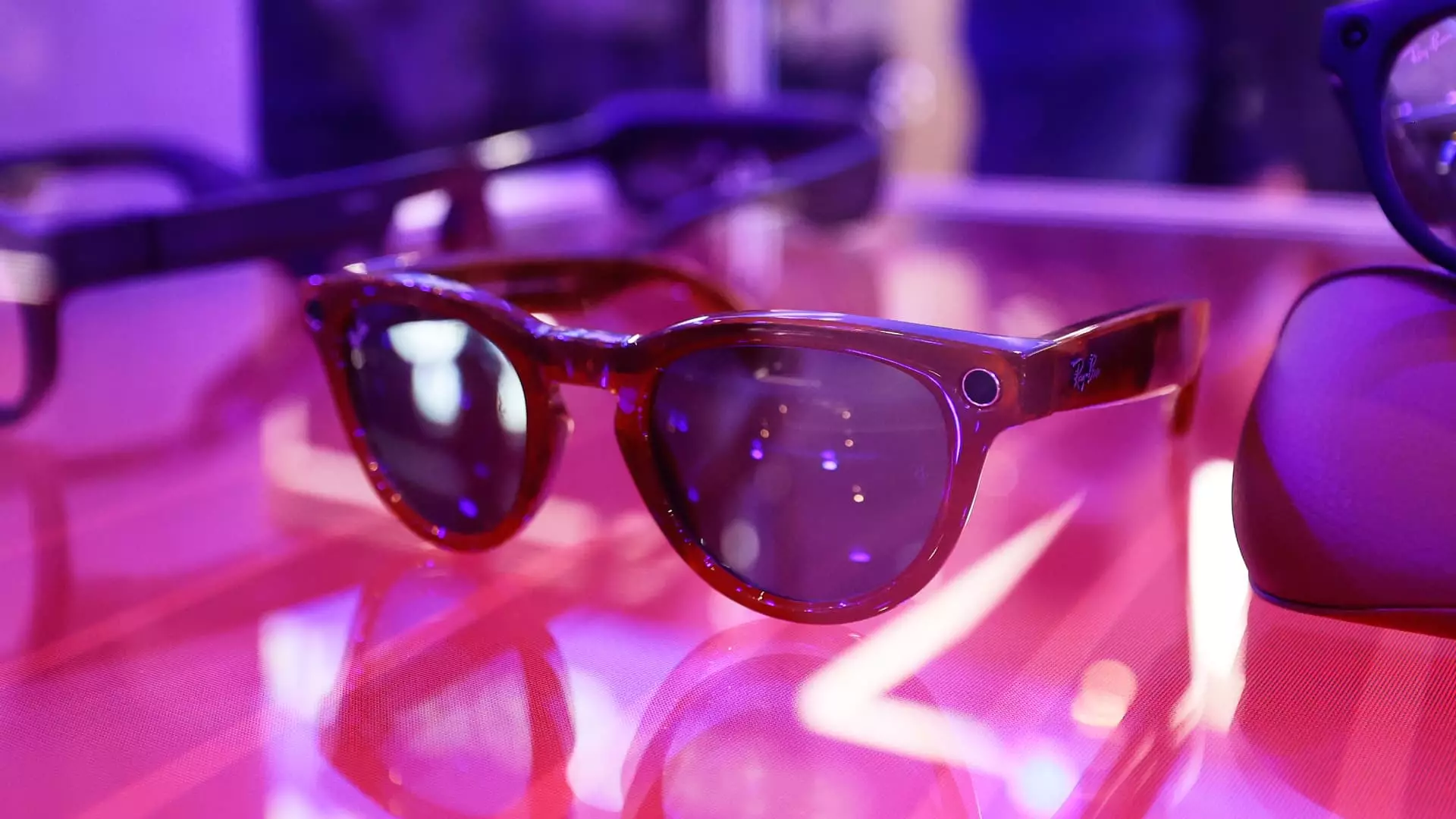Qualcomm CEO Cristiano Amon recently revealed in an interview with CNBC an exciting collaboration with Samsung and Google to develop a mixed-reality set of glasses that will be linked to smartphones. This partnership marks a shift away from Apple’s larger headset approach and aims to bring new experiences to consumers through the combination of augmented and virtual reality technologies.
Last year, Google, Samsung, and Qualcomm joined forces to explore mixed-reality technology, which involves overlaying digital images onto the real world in front of the user. Amon emphasized the novelty of the upcoming product and the experiences it will offer, expressing his hope that consumers will embrace companion glasses to complement their smartphones. The project signals Qualcomm’s commitment to diversifying beyond smartphones and investing in the burgeoning mixed-reality market.
Qualcomm has developed the Snapdragon AR1 Gen 1 chip specifically for smart glasses, enabling AI applications to run directly on the device rather than relying on cloud processing. This innovation promises to deliver a seamless user experience and unlock a new realm of possibilities in mixed reality. By incorporating advanced features like voice assistants and AI models, Qualcomm aims to drive the adoption of smart glasses in the mainstream market.
While virtual and augmented reality headsets remain niche products, the demand for more compact and stylish devices is on the rise. The industry is projected to ship 9.7 million VR and AR headsets this year, a fraction of the 1.23 billion smartphones expected to be sold. The convenience and comfort of smart glasses offer a solution to common complaints associated with traditional headsets, potentially expanding the reach of mixed-reality technology to a broader audience.
One of the key challenges facing the development of smart glasses is achieving a design that is indistinguishable from regular eyewear. Amon envisions a future where wearing smart glasses is as natural as putting on sunglasses, paving the way for mass adoption of mixed-reality devices. In contrast to Apple’s Vision Pro headset, which is worn on the head and controlled through gestures, Google, Samsung, and Qualcomm’s collaborative effort focuses on creating a more user-friendly and fashionable product.
As details about the project involving Google, Samsung, and Qualcomm remain scarce, industry analysts speculate about the potential impact of their combined expertise on the mixed-reality market. Samsung’s announcement of a new “mixed-reality platform” hints at a forthcoming software product that could complement the hardware innovations being developed by Qualcomm. With consumer demand for immersive and interactive technologies growing, the stage is set for a new era of mixed reality experiences.
The collaboration between Qualcomm, Samsung, and Google in the field of mixed reality holds promise for the future of smart glasses. By leveraging their respective strengths in technology and innovation, these companies are poised to revolutionize the way we interact with digital content in the physical world. As the adoption of mixed-reality devices accelerates, we can expect to see a proliferation of cutting-edge products that blur the line between the virtual and the real.

Leave a Reply